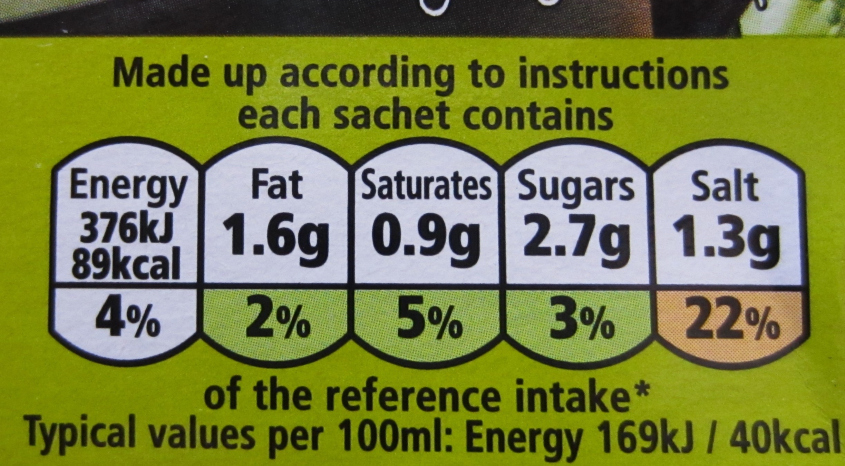
This month’s featured paper is from Public Health Nutrition and is entitled 'The impact of front-of-pack nutrition labels on consumer product evaluation and choice: an experimental study'.
In the last five years, front of pack (FOP) nutritional labelling has been a topic of significant attention in public health fields. Regulatory moves in many countries suggest that evidence of the impact of FOP labelling is an urgent requirement, however, little testing of developed systems and their impact on consumer choice has been carried out. Two FOP presentation systems have now achieved widespread use on consumer food products. These are the ‘Traffic Light Label’ system (TLL) and the ‘Percentage Daily Intake’ system (PDI). The presumption of these labelling systems is that a measurable impact on consumer purchase intent occurs in direct relation to the nutritional status of the item, as expressed by the label – i.e. that consumers are more likely to choose products viewed as having a more ‘positive’ nutritional status compared to others in the same product category.
Results of the Research
In the study, consumer responses to four nutritional label treatments were measured – a standard sized PDI label, a standard sized TLL, a large TLL and no FOP nutritional label. The treatments were applied to four similar boxed cereal products, two nutritionally ‘good’ and two nutritionally ‘poor’.
Findings show that nutritional labels, when present, were seen and processed by the consumer as part of their evaluation of the products. All three nutritional label formats showed remarkably consistent positive deviations from the control condition, and no significant deviations from each other, indicating that the presentation format and size of the nutrition labels made no significant difference to a consumer evaluation of a product when a nutritional label was present. This result indicates that consumers use FOP labels of whatever type or status as a non-dimensional, but positive, indicator of product desirability. Essentially assuming that a product is ‘better’ due to the mere presence of a nutritional label. The actual nutritional status of the product expressed by these labels did not form any discriminatory part of the consumers’ evaluation process. As the achievement of this very discrimination for product desirability forms the primary purpose of these FOP labels, this result represents a complete failure of these label systems under these specific controlled conditions.
Implications for Public Health
Prior research into food labelling systems calls for evidence that food labelling actually works in real-life situations, modifying consumer behaviour toward more healthy dietary choices. The findings of this study therefore represent an unexpected result.
It is necessary to consider whether this positive heuristic response to the nutritional labels is an unusual or perverse reaction on the part of a food consumer sample used here. Examination of the four cereal products used in this research strongly indicate that it is not, but that non-dimensional cues, and consumers’ complete trust in them, is in fact the dominant platform for communication and consumer response for food products at the point of sale.
It would thus appear that misgivings regarding the effectiveness of nutritional labelling systems in encouraging healthier food choices may be well founded, and that considerable further research is needed to test the performance of these labels in their current form before any move to compulsory deployment is made.
Robert P Hamlin, Lisa S McNeill and Vanessa Moore
View full paper here
Read our Q&A with Dr Robert Hamlin, lead author of our paper of the month.
